NASA moon rocket headed back to Vehicle Assembly Building after testing delays
Tuesday, 19 April 2022 08:42 The launch of NASA's new moon rocket has been pushed back by nearly a month after the Space Launch System failed to complete necessary prelaunch testing, officials said Monday.
With the rocked estimated to lift off sometime between June 6 and June 16, NASA officials said that launching during that window now would be challenging after issues during the SLS's wet dress rehearsal prevente
The launch of NASA's new moon rocket has been pushed back by nearly a month after the Space Launch System failed to complete necessary prelaunch testing, officials said Monday.
With the rocked estimated to lift off sometime between June 6 and June 16, NASA officials said that launching during that window now would be challenging after issues during the SLS's wet dress rehearsal prevente Perseverance at the Delta
Tuesday, 19 April 2022 08:42 Last week's blog talked about the rapid traverse of Perseverance to the Delta. This weeks blog entry will talk about the Delta itself, and why it is something worth rapidly traversing towards!
The prospect of the delta for me is that every day will be full of excitement and could bring anything. Let me explain that a bit further. On a space mission like M2020 you get used an exciting timel
Last week's blog talked about the rapid traverse of Perseverance to the Delta. This weeks blog entry will talk about the Delta itself, and why it is something worth rapidly traversing towards!
The prospect of the delta for me is that every day will be full of excitement and could bring anything. Let me explain that a bit further. On a space mission like M2020 you get used an exciting timel Navy conducts historic test of new laser weapon system
Tuesday, 19 April 2022 08:42 The ground-based laser system homed in on the red drone flying by, shooting a high-energy beam invisible to the naked eye. Suddenly, a fiery orange glow flared on the drone, smoke poured from its engine and a parachute opened as the craft tumbled downward, disabled by the laser beam.
The February demonstration marked the first time the U.S. Navy used an all-electric, high-energy laser weap
The ground-based laser system homed in on the red drone flying by, shooting a high-energy beam invisible to the naked eye. Suddenly, a fiery orange glow flared on the drone, smoke poured from its engine and a parachute opened as the craft tumbled downward, disabled by the laser beam.
The February demonstration marked the first time the U.S. Navy used an all-electric, high-energy laser weap Schedule effects of SLS rollback still uncertain
Tuesday, 19 April 2022 00:23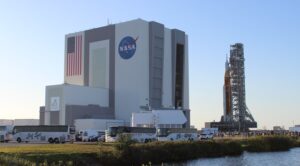
NASA managers said a rollback of the Space Launch System from its launch pad after three truncated countdown tests will allow them to address issues both at the pad and with the vehicle, but that it was too early to predict what it would do to the schedule for the vehicle’s first launch.
U.S. declares ban on anti-satellite missile tests, calls for other nations to join
Monday, 18 April 2022 23:32
Vice President Kamala Harris announced April 18 that the United States will ban direct-ascent anti-satellite (ASAT) missile tests that create orbital debris.
The post U.S. declares ban on anti-satellite missile tests, calls for other nations to join appeared first on SpaceNews.
Rivada hopes its LEO plan will rise above Kleo Connect legal battles
Monday, 18 April 2022 23:05
German satellite startup Kleo Connect’s majority shareholders are challenging a deal they say minority investors illegally devised to give its spectrum to Rivada Networks, which plans to use the frequencies for its own low Earth orbit constellation.
Sun releases significant solar flare
Monday, 18 April 2022 20:45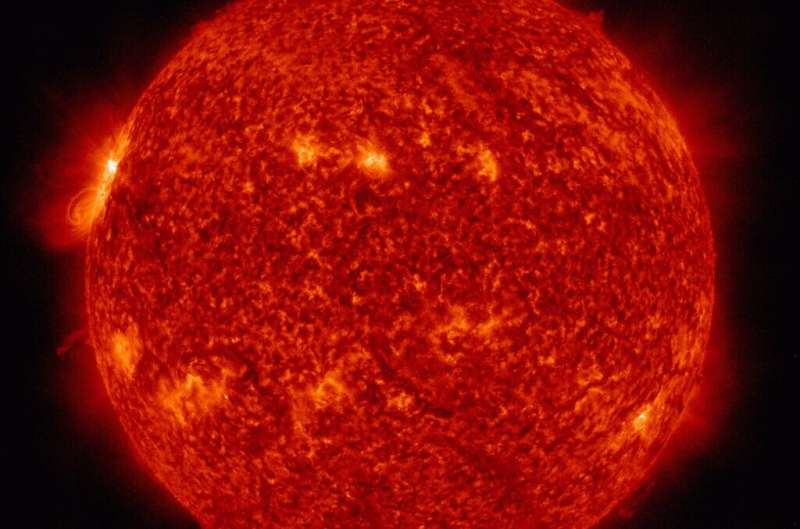
The Sun emitted a significant solar flare on April 16, 2022, peaking at 11:34 p.m.
NASA moon rocket faces more flight delays as repairs mount
Monday, 18 April 2022 20:38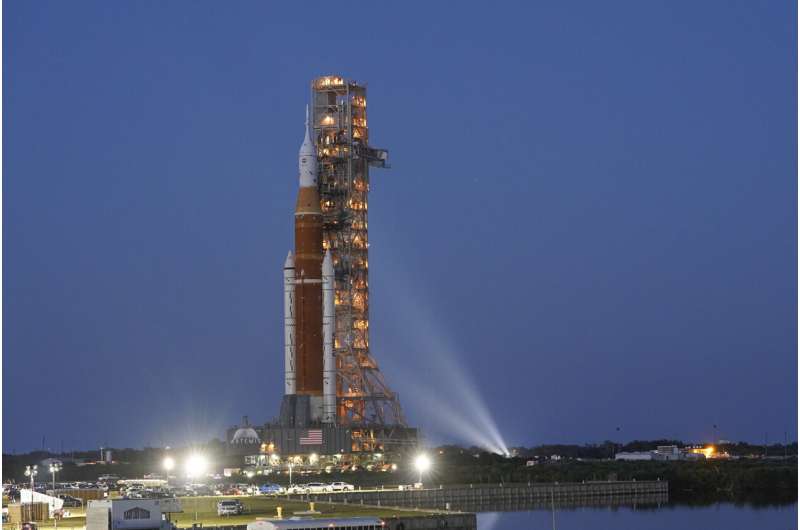
Lockheed Martin proposes multi-layer space network for missile defense
Monday, 18 April 2022 19:42
DoD is spending billions of dollars on missile-warning space sensors located in geostationary and polar orbits, but there are no plans to connect them with new constellations that DoD plans to field in low and medium Earth orbits
NASA is having a tough time testing the SLS
Monday, 18 April 2022 19:15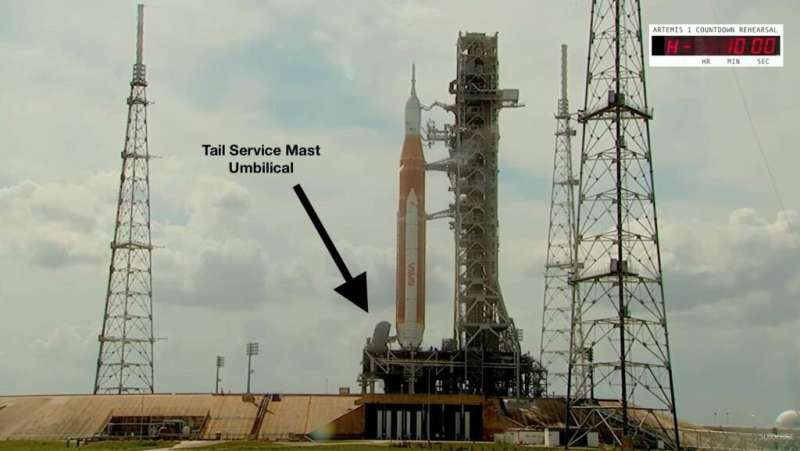
NASA's Space Launch System (SLS) has been having some problems getting tested since it rolled out onto launch pad 39B last month. These tests, called wet dress rehearsals, are used to find any problems with loading the propellant and verify that all of the rocket's systems are able to handle it being exposed to cryogenics.
After this most recent attempt on April 14th, it is clear that the SLS isn't ready for flight yet. The problems that the teams have been encountering have led them to make some procedural changes and slight adjustments in operations and software triggers. There are also the leak problems that have shown up that have to be addressed.
Op-ed | Putting Britain back in the business of launch
Monday, 18 April 2022 18:19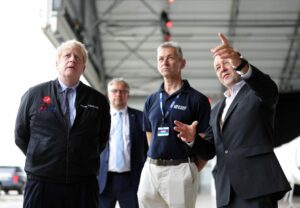
The first launches from Cornwall and Scotland will be defining moments, but they are only the beginning. The UK Space Agency will continue to spearhead the drive to make the UK a more meaningful actor in space.
Excitement building at Baltimore institute for the James Webb Space Telescope's observations
Monday, 18 April 2022 14:40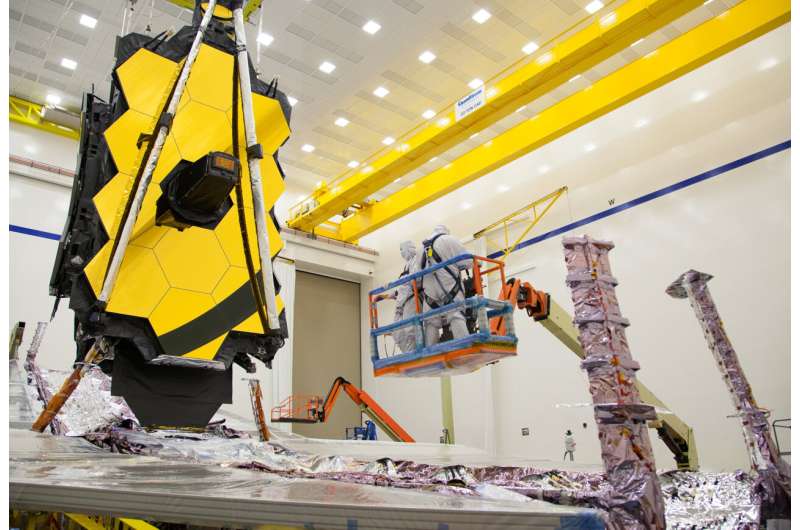
The image dazzles from a computer screen in the corner of the room: six beams of red-orange light bursting from a luminous Milky Way star.
But the most entrancing part of the picture—among the public's first dispatches from the revolutionary James Webb Space Telescope—lies in the background, where amorphous blobs are really swirling galaxies.
From a desk across the room in Baltimore's Space Telescope Science Institute, astronomical optics scientist Charles LaJoie zooms in, and even more cloudlike spirals appear, once concealed in the reaches of space.
For the scientists at the institute—the hub for all things Webb—the image is there as a reminder of what's to come. When all of Webb's 18 mirror segments are completely aligned, likely before the end of April, astronomers will be able to peer deeper into the cosmos than ever before.
To the astronomers in the room, seeing a background of galaxies from behind the world's most powerful telescope was anticipated. But for the engineers, focused for so long on building the telescope, it was a "wow moment," said Lee Feinberg, Webb's optical telescope element manager for over 20 years.
Satellite payloads soar into space with liftoff of Long March-4C rocket
Monday, 18 April 2022 13:15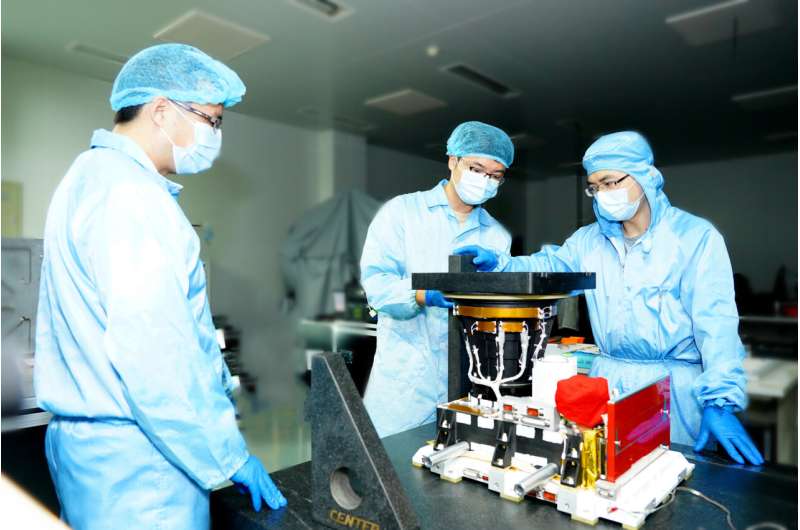
An atmospheric environment monitoring satellite was sent into space by the Long March-4C rocket lifting off from the Taiyuan Satellite Launch Center in Shanxi Province, north China early Saturday.
Five atmospheric environment monitoring payloads are carried on the satellite orbiting the Earth, three of which are developed by the Hefei Institutes of Physical Sciences (HFIPS) of the Chinese Academy of Sciences, namely environmental Monitoring Instrument (EMI), Directional Polarization Camera (DPC) and Particle Observation scanning Polarization Meter (POSP), working independently or collectively to monitor the air pollutants at global scale.
With a maximum field of view of 2,600 kilometers, it can cover the entire earth in one day and has a minimum spectral resolution of 0.6 nanometer, enabling EMI to accurately identify unique information in the absorption spectra and then detect and monitor polluted gases such as nitrogen dioxide, sulfur dioxide and formaldehyde.
For DPC and POSP, researchers at HFIPS proposed an innovative detection program called "Crossfire," which combines the spatio-temporal distribution of global atmospheric aerosols and clouds obtained by DPC instrument and the high-precision atmospheric aerosol parameters obtained by the POSP instrument across orbit.
Mars scientists look to less expensive missions
Monday, 18 April 2022 10:38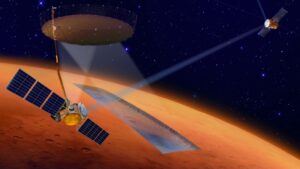
On the eve of the release of the planetary science decadal survey likely to place a decreased emphasis on Mars, scientists and NASA officials are planning how to continue exploration of the planet with less expensive missions.
Seeking growth in unpredictable times: A conversation with SES CEO Steve Collar
Monday, 18 April 2022 07:00
SpaceNews spoke with SES CEO Steve Collar about how the industry is weathering shifting schedules as geopolitical issues add more complexities for the year ahead.
The post Seeking growth in unpredictable times: A conversation with SES CEO Steve Collar appeared first on SpaceNews.

